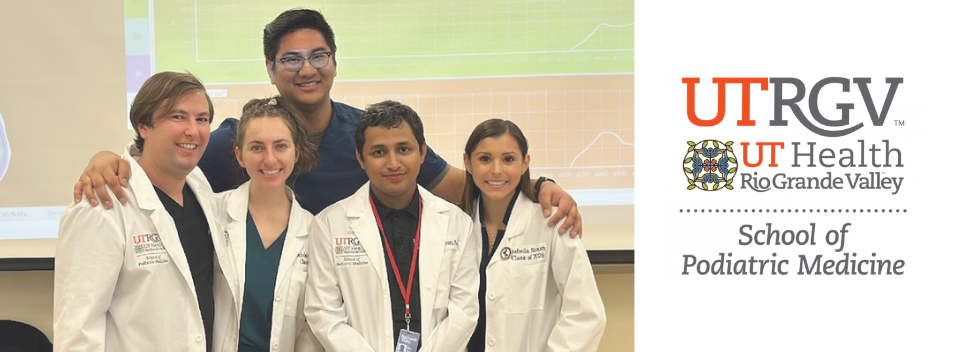
School of Podiatric Medicine - Student Research
Document Type
Poster
Publication Date
Spring 4-27-2025
Abstract
Introduction
Total ankle replacement (TAR) and ankle arthrodesis (AA) are surgical interventions used for patients with degenerative ankle arthritis. Historically, AA has been the standard treatment for ankle arthritis; however, in recent years, TAR has become just as popular, if not more so. The TARVA study, a randomized controlled trial examining the outcomes of each procedure for a population with end-stage osteoarthritis, reports similar results between the two procedures, except that TAR may have a higher incidence of wound dehiscence. TAR typically requires a larger incision than AA, which may influence patient selection for the procedure. However, data from the TARVA study was limited to UK patients, making it unclear whether these findings apply to other populations with different healthcare systems and implants. Our study aims to evaluate the rates of wound dehiscence between TAR and AA by conducting a systematic review of the literature and a meta-analysis.
Methods
We queried PubMed and CINAHL following PRISMA guidelines for papers published from 2010 to the present with the search criteria: “total ankle arthroplasty” OR “TAR” OR “total ankle replacement” OR “TAA” OR “ankle implant” AND “ankle arthrodesis” OR “AA” OR “ankle fusion” AND “wound dehiscence.” We excluded papers that were not in English, were not full text, were not comparative studies, were not meta-analyses, and lacked outcomes on wound complications. Studies were collected from the databases, and data were then extracted regarding wound dehiscence in TAR and AA treatment groups. We compiled this data and created a contingency table. We then calculated the odds ratio (OR) and event rates for the two treatments, using MedCalc (https://www.medcalc.org/calc/odds_ratio.php) to calculate our confidence interval (CI) and p-value.
Results
We started with 777 papers, and after removing duplicates, we were left with 770. Following the title and abstract screening, we narrowed it down to 19 articles for a full text review to determine eligibility. After completing the full text review, we found 4 articles (TAR: n = 2647, AA: n = 1727) to include in the final review. Among the four papers examining TAR and AA, one reported that TAR had higher rates of wound complications, another indicated that AA had higher rates of wound complications, while the remaining two papers found no significant difference between the two
procedures. The event rate of wound dehiscence in the TAR group was 4.9%, compared to 5.4% in the AA group (OR = 0.90, 95% CI = 0.685 to 1.184, p = 0.451).
Discussion
While the TARVA study revealed a higher rate of wound dehiscence in the TAR group, our cumulative data showed no significant difference between the two procedures. The differences in our findings can be attributed to study design and the heterogeneity of results in our cumulative data. A weakness of our study is that we included studies in our review and meta-analysis that are not randomized controlled trials. Although we cannot conclude that there is no difference in wound dehiscence rates, we can inform surgeons that there is a lack of conclusive data on this issue. We hope that this information may better prepare providers in selecting the appropriate surgical intervention for their patients to reduce post-operative wound dehiscence.
Recommended Citation
Mustafa, Asad; Weisbrodt, Sarah; and Shibuya, Naohiro, "Evaluation of Wound Dehiscence Rate Between Total Ankle Replacement (TAR) and Ankle Arthrodesis (AA): A Systematic Review and Meta-Analysis" (2025). School of Podiatric Medicine - Student Research. 12.
https://scholarworks.utrgv.edu/sopm_mspub/12

